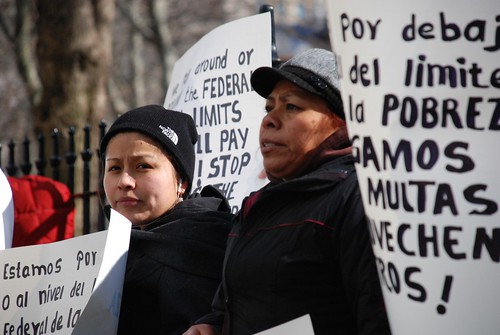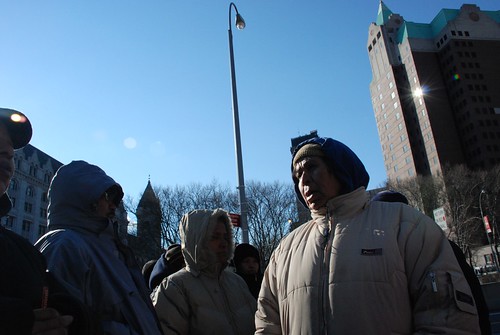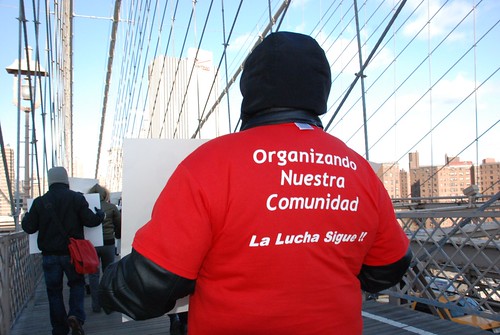
A few things to check out here on the Axitia Mode-ality: 1) this flyer for an upcoming event.
2) Radio Broadcasting:
and the supplemental info:
http://www.myspace.com/axitiamode
http://twitter.com/axitiamode
Aug 17, 2009
Axitia Mode 09.19.09
Labels: axitia, belwether, Dreams, Frankenstein, Gridley California, KZFR, luiseño, Luiseño Moda Musica, Radio Luiseño
Apr 25, 2009
via dr. frankenstien
FREE !!!!!!!!!!!!!
Being thirsty for knowledge and on a budget can be a mutha.
I found a few books online that i thnk are worth a look.
"Hey, but you don't have to take my word for it.
"
this first link is a piece by Samuel Aun Weor. It discusses some thoughts on the universal relativity of the wisdom that originated from our ancestros on this Original west Coast, Cihuatlampa.
http:/ / www. scribd. com/ doc/ 5365775/ the- secret- doctrine- of-anahuac
This following link is a wonderful manual for learning nahautl by
Sr. Genaro Medina Ramos.
http:/ / oz. plymouth. edu/ ~ wjt/ Nahuatl/ Nahuatl1.pdf
If you interested in learning about the gran calculadora "calculator", the ancient calendario del sol. read this.
http:/ / www. samaelgnosis. net/ calendario_ azteca/ calendario_ azteca.pdf
you might need adobe for some of these files.
but nonetheless, enjoy.
Tlazocamatli,
FRANKENSTEIN
PASS IT ON !! ! ! ! ! ! ! ! ! ! ! ! ! ! ! ! ! ! ! ! ! ! ! ! ! ! ! ! ! ! ! ! ! ! ! ! ! !!!!!!!!!!!!!!!
Apr 1, 2009
Convergence: Art and Activism

A Conference on the Intersection of Arts and Activism.
Tufts University Medford/Somerville Campus
April 3-5, 2009
I will be presenting Saturday, 04/04/09, showing a work in progress of our short doc based on footage shot starting May 2006 through present footage of Esperanza del Barrio.
Followed by a panel discussion with Professor Radiclani Clytus and Lecia Rosenthal.
http://convergence-art.com/schedule.html
Mar 30, 2009
Mar 18, 2009
Mar 17, 2009
Mar 12, 2009
Sacramento and Its Riverside Tent City
Oddly, I came across this news report while channel flipping the other day, but flipped the channel before seeing that the report was about Sacramento, Califas. I remember seeing the people and assumed it was a community, say, in the South, a place that I associate with blight (I know that sounds awful, but it's true--I'm fed this by the mainstream media, it's a reaction that comes without any thought). Then Ricardo sent me the link to the NYTimes story.
I generally don't like to put up such depressing things on this blog, but this is so close to home. And i'd actually rather not comment on the content, but point out that the media, in general, has this incredible power to depress people these days. It's all doom and gloom. Not that this sort of thing shouldn't be reported. But it bothers me, how much power the media has to tax our existence.
Labels: Articles, Community, Sacramento
Mar 8, 2009
Mar 3, 2009
Feb 24, 2009
For a New Generation, Kimchi Goes With Tacos


The food at Kogi Korean BBQ-To-Go, the taco vendor that has overtaken Los Angeles, does not fit into any known culinary category. One man overheard on his cellphone as he waited in line on a recent night said it best: “It’s like this Korean Mexican fusion thing of crazy deliciousness.”
Read Full NYTimes Article
Labels: Articles, Culture For Sale, Hybrids, Korean
Feb 11, 2009
Jan 22, 2009
The Savage Detectives, Roberto Bolaño
In El Cubo. To get from Nogales to El Cubo you have to take the highway to Santa Ana and head west, from Santa Ana to Pueblo Nuevo, Pueblo Nuevo to Altar, Altar to Caborca, Caborca to San Isidro, then take the road to Sonoyta, on the Arizona border, but turn off onto a dirt road before you get there and go about fifteen or twenty miles. The Nogales newspaper talked about "his faithful companion, a devoted teacher in El Cubo." In the town we went to the school, and one glance was enough to tell us that it had been built after 1940. Cesárea Tinajero couldn't have taught here. Though if we dug around under it, we might be able to find the old school.
We talked to the teacher. She teaches the children Spanish and Pápago. The Pápagos live in Arizona and Sonora. We asked the teacher whether she was Pápago. No, she isn't. I'm from Guaymas, she tells us, and my grandfather was a Mayo. We ask her why she teaches Pápago. So the language won't be lost, she tells us. There are only two hundred Pápagos left in Mexico. You're right, that's not many, we admit. In Arizona there are almost sixteen thousand, but only two hundred in Mexico. And how many Pápagos are left in El Cubo? About twenty, says the teacher, but it doesn't matter, I'll keep teaching. Then she explains that the Pápagos don't call themselves that. They call themselves O'Odham and the Pimas call themselves Óob and the Seris call themselves Konkáak. We tell her that we were in Bahía Kino, in Punta Chueca, and El Dólar and we heard the fishermen singing Seri songs. The teacher is surprised. There are seven hundred Konkáak, she says, if that, and they don't fish. Well, these fishermen had learned a Seri song, we say. Maybe, says the teacher, but more likely they fooled you.
Labels: literatura luiseño




